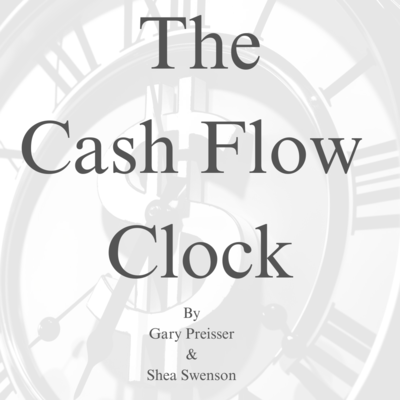The Cash Flow Clock: For Retirees - Book - Page 27

The Cash Flow Clock
Asset Allocation and the Cash Flow Clock
Asset allocation is an investment strategy that involves dividing an
investment portfolio among different asset categories (stocks, bonds, real
estate, cash, and other assets). The goal of asset allocation is to balance risk
and reward by adjusting the percentage of each asset class in accordance
with an investor’s risk tolerance, investment goals, and time horizon.
Let’s look at some of the factors considered in Asset Allocation and how
they are accounted for by the Cash Flow Clock:
1. Risk Tolerance: We have talked a lot about risk already but this is a
good opportunity to consider how Asset Allocation accounts for risk
compared to the Cash Flow Clock. Risk tolerance is typically
grouped into at most five categories, none of which provides a
quantitative way of determining what percentage of a portfolio should
be at risk versus what should not. Older investors are placed in more
and more conversative portfolios simply because of their age which
may or may not be relevant. This is the basis of target date funds
which have become increasingly popular.
Target funds and generic portfolios based on risk classifications are
compliant. They are considered suitable for large numbers of
investors. They are easy to manage and easy to defend. But they do
not take into account the actual needs of the individual investor and
their household.
The Cash Flow Clock not only provides an initial framework for an
efficient and functional portfolio. It also serves as the basis for future
changes and adjustments. Every decision is based on specific and
measurable cash flow needs, both current and projected. There is no
question that a portfolio managed by the Cash Flow Clock is suitable
and compliant because it is customized to specific needs.
23